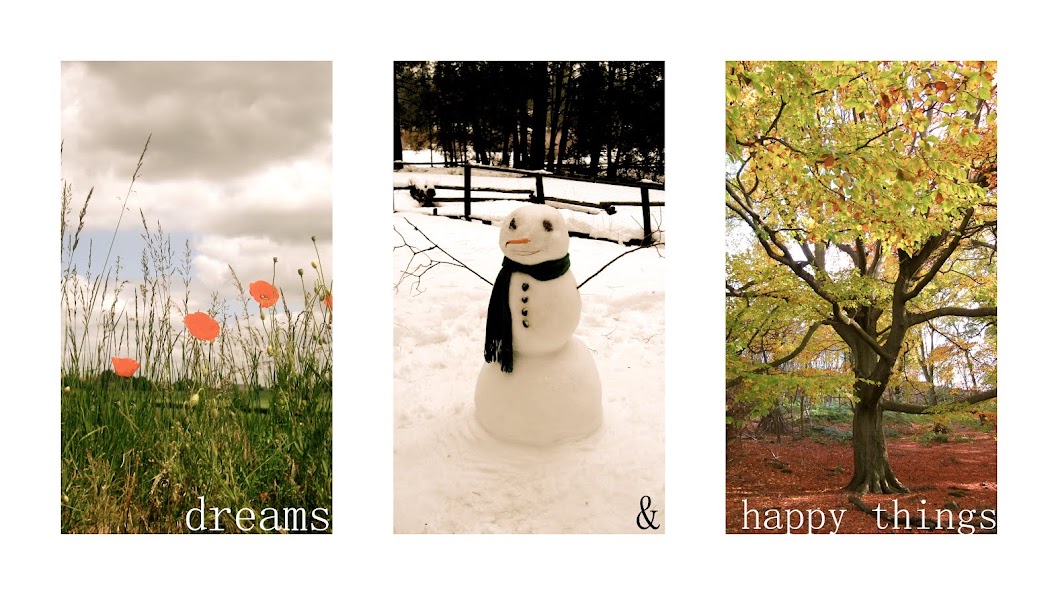Yesterday, we ventured out on to the Firth of Forth, to see, among other things, the engineering marvel that is the Forth Rail Bridge. Built in the 1880, this bridge is one of the longest and oldest of its kind, and is the first major use of steel in the UK. It is also bright red, and coming from Northern California, I have an affinity for red bridges!
This proves that we were, indeed there...
And this shows, that we did not just admire it from the shore, but we sailed under it...
This bridge is for trains only...
So, in the 1960s they built the Forth Road Bridge. It is not bright red...
The two bridges are quite near one another.
But we didn't just sail around to see bridges, we were heading to an island...
At first, I thought it was this one, but we sailed right on by it.
And instead we sailed to this one. The island of Inchcolm, which, in this photo doesn't look like much, but is brimming with historical significance- from the ancient times, to the middle ages, to the Renaissance, to World War II...
Mostly due to this structure:
In case you don't want to follow the link, but you still want to know about the Abbey:
"Inchcolm Abbey was founded in the 12th century during the episcopate of Gregoir, Bishop of Dunkeld. Later tradition placed it back in the reign of King Alexander I of Scotland (1107–24), who probably had some involvement in the island. He was apparently washed ashore there after a shipwreck in 1123, and took shelter in a hermit's hovel. The Abbey was first used as a priory by Augustinian canons regular, becoming a full abbey in 1235. The island was attacked by the English from 1296 onwards, and the Abbey was abandoned after the Scottish Reformation in 1560.
Inchcolm Abbey has the most complete surviving remains of any Scottish monastic house. The cloisters, chapter house, warming house, and refectory are all complete, and most of the remaining claustral buildings survive in a largely complete state. The least well-preserved part of the complex is the monastic church. The ruins are cared for by Historic Scotland."
We explored the Abbey thoroughly. Crouching to pass under arches and doorways,
Peaking through windows-
Or down into holes.
Posing for pictures together,
and alone.
We watched this handsome guy play in the waves-
And we peaked through nooks and crannies.
We climbed spiral stairs,
And took in the views-
And read the messages those people left behind. In the Warming House there are three legible sentences on the wall, written in Latin. They state:
It is foolish to fear what cannot be avoided.
The safest thing to fear is nothing but God.
Conscience overcomes whatever evil the tongue has composed.
We saw where the monks took their meals in silence.
We admired parts the parts of the Abbey that did not stay intact.
And dreamed about taking it on as a little fixer upper...
We walked over Holy ground,
And then decided to get high-
But it was quite windy...
The stairs were s-t-e-e-p.
and narrow.
We got back down to ground level.
And maybe went underground for a bit-
We explored the rest of the island, gathering feathers and looking for machine guns.
Matt wanted to go down there. Where it was steep, muddy and full of brambles. He did,
I didn't. I took pictures of autumnal island plants instead.
Matt found a bunker. Or some other war-related structure. Behind him is the city of Edinburgh. Our city.
We walked on the beach,
looking for shells and washed-ashore treasures (which we did not find, however, there are an alarming number of sunken sea vessels surrounding this island, one of which is the Cunard cruise liner, RMS Campania so perhaps it is worth another look!)
It was a lovely day. A day of fun and exploration, climbing and tunneling, and history of long ago...and not so long ago.













































No comments:
Post a Comment